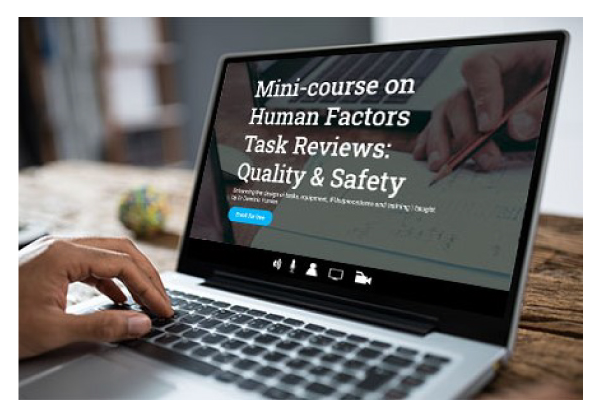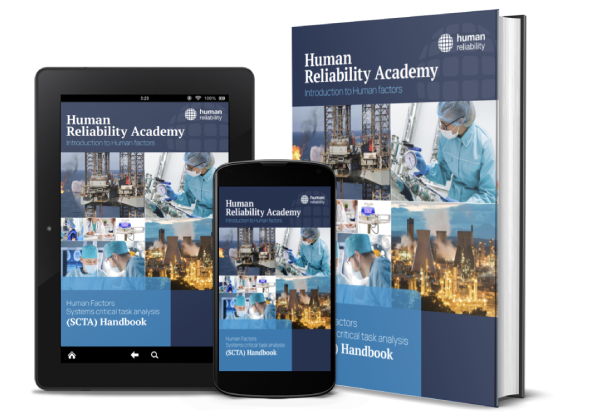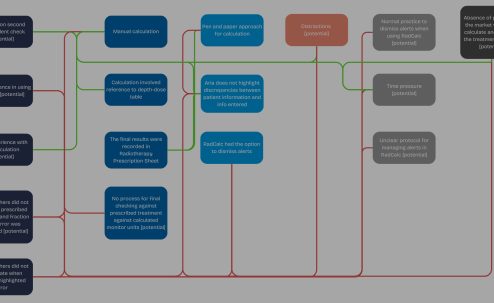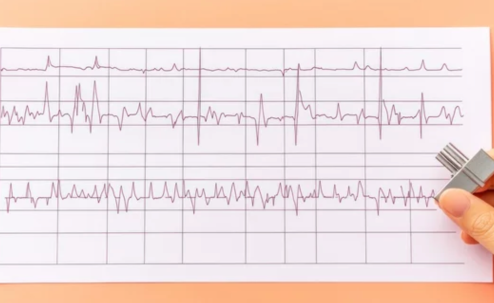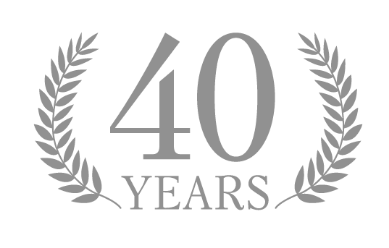In 2017, the Singapore’s Ministry of Manpower (MOM) introduced the Singapore Safety Case Regime under the Workplace Safety and Health (Major Hazards Installations) Regulations 2017. This regime aims to enhance safety management at Major Hazards Installations (MHI), which are facilities handling hazardous and toxic substances (see First and Second Schedule of the Regulations for a full list of materials and MHI criteria). Given the risks associated with MHIs, the Safety Case Regime establishes a process for communicating hazards, assessing risks, and demonstrate the effectiveness of control measures to prevent unwanted scenarios.
A core requirement of the Safety Case Regime is incorporating Human Factors (HF) within Major Accident Hazards (MAH) assessment for all identified safety critical tasks. It describes that, where safety critical task have been identified, control measures for these tasks should be assessed to prevent and mitigate foreseeable human error. This approach is similar to the UK’s Control of Major Accident Hazards (COMAH) Regulations, which was established to improve safety among COMAH sites within the country.
Following the introduction of the Safety Case Regime, MOM published the Safety Case Technical Guide and the Safety Case Assessment Guide to support sites with complying with the regime. Similarly, in the UK, the Health and Safety Executive (HSE) developed the COMAH Human Factors Delivery Guide, providing a framework for implementing effective HF management practices.
The Human Factors Roadmap
To guide MHIs in conducting HF risk assessments, the MOM provided an example HF Roadmap.
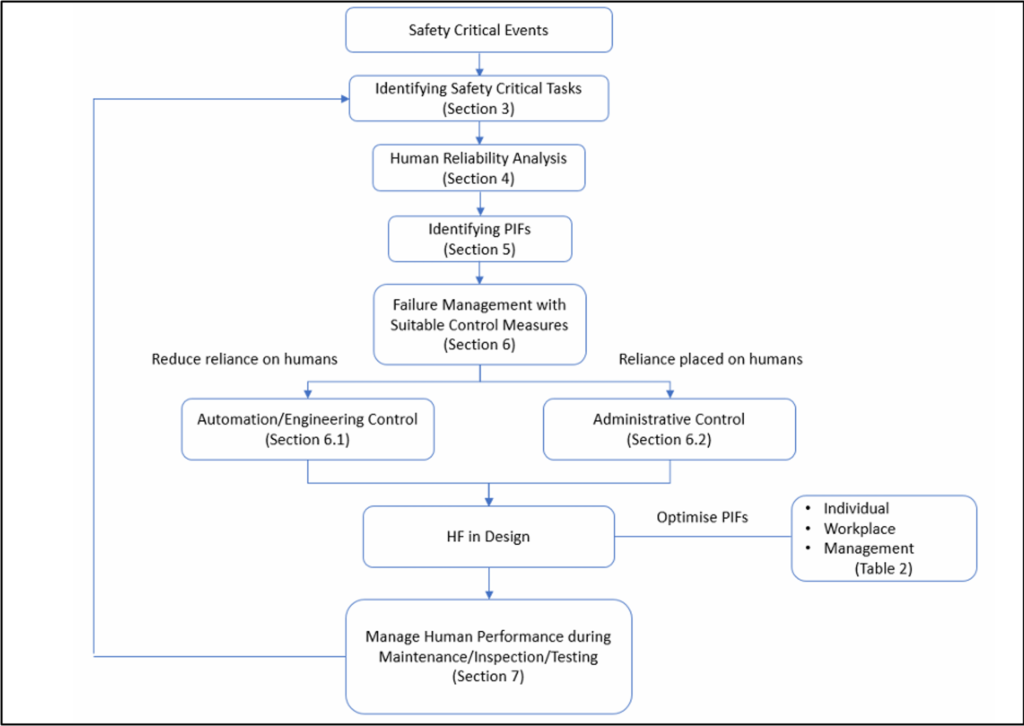
The roadmap outlines several stages:
- Identify Safety Critical Events (SCE)
- Identify all safety critical tasks
- Conduct a Human Reliability Analysis (task analysis and human failure analysis)
- Identify performance influencing factors (PIF)
- Evaluate failure management by assessing the risk control measures (engineering and administrative controls)
- Optimise the PIFs identified
- Manage Human Performance in Maintenance, Inspection, Testing (MIT) tasks by conducting a Human Reliability Analysis
This structure aligns closely with the HF Roadmap found in the UK’s Human Factors Delivery Guide, which incorporates the HSE’s Seven Steps Approach to managing human errors.
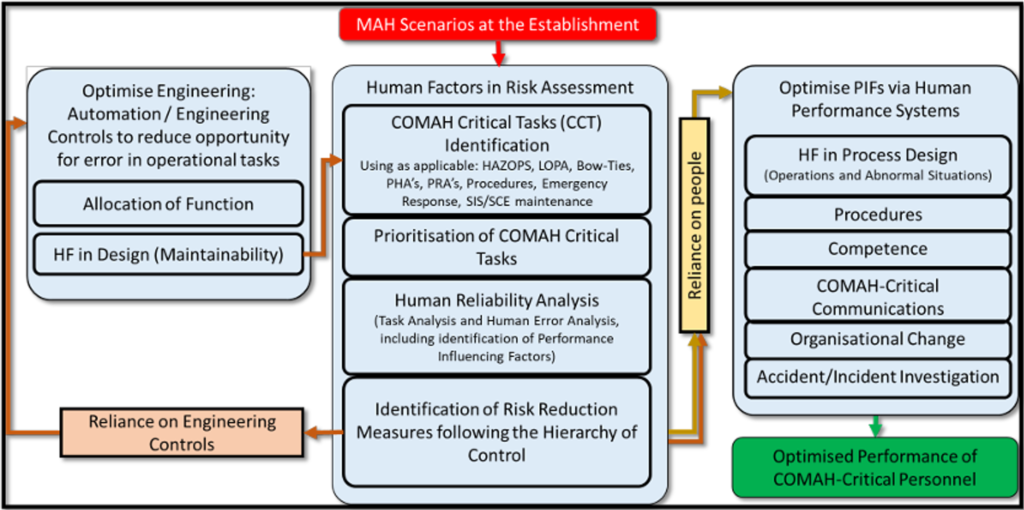
The key steps in the UK’s HF Roadmap include:
- Establish the MAH Scenarios within the site
- Identify COMAH critical tasks related to these scenarios
- Prioritise these COMAH critical tasks
- Conduct Human Reliability Analysis based on the priorities
- Identify and assess the Risk Reduction Measures
- Optimise these risk reduction measures (e.g. engineering controls and PIFs)
While the roadmaps are similar, the UK HF Roadmap placed emphasis on prioritising the identified COMAH critical tasks. This enables site to have a structured approach in planning and conducting their risk assessment by focusing on the most critical processes first and working their way down toward less critical processes. Additionally, Singapore’s HF roadmap includes continuous assessment of HF that was different between these two roadmaps was that the MOM highlighted following up on an HF assessment for MIT tasks after assessing the task to ensure continuous improvement. In the UK, both operational and MIT tasks are included within the list of safety critical tasks identified.
For further insights into the UK’s HF Roadmap, we published a two-part series covering the HF roadmap. The first partexplains the different stages of the HF Roadmap in detail while the second part illustrates how the Safety Critical Task Analysis (SCTA) methodology fits with conducting a HF risk assessment in COMAH sites.
Human Factors Topics
In addition to risk assessment, the Singapore Safety Case Regime outlined other HF topics, including communication, design policies and resources management. Appendix G of the Assessment Guide categorises these topics under several aspects of safety management:
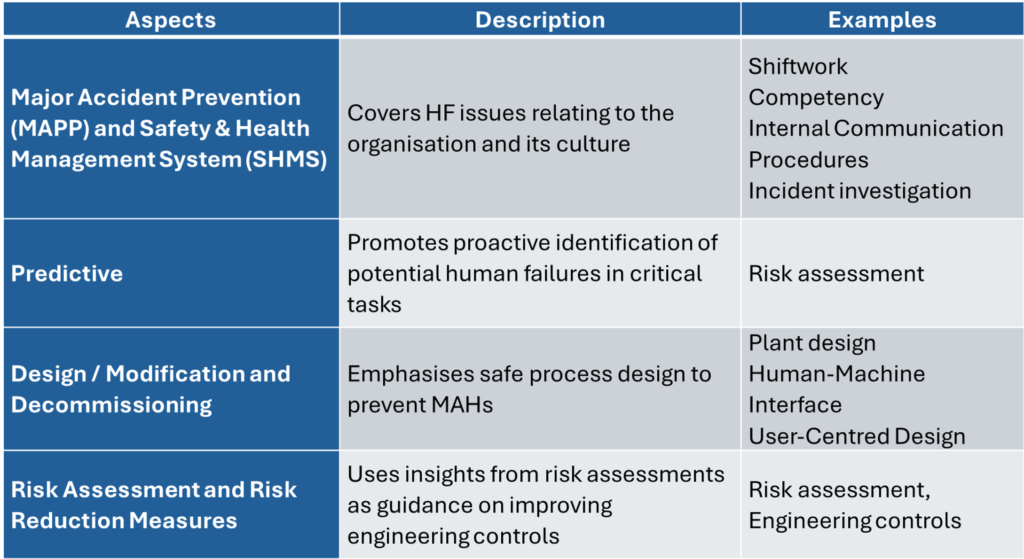
Similarly, the HSE’s HF Delivery Guide includes six HF topics essential for effective HF management at COMAH sites:
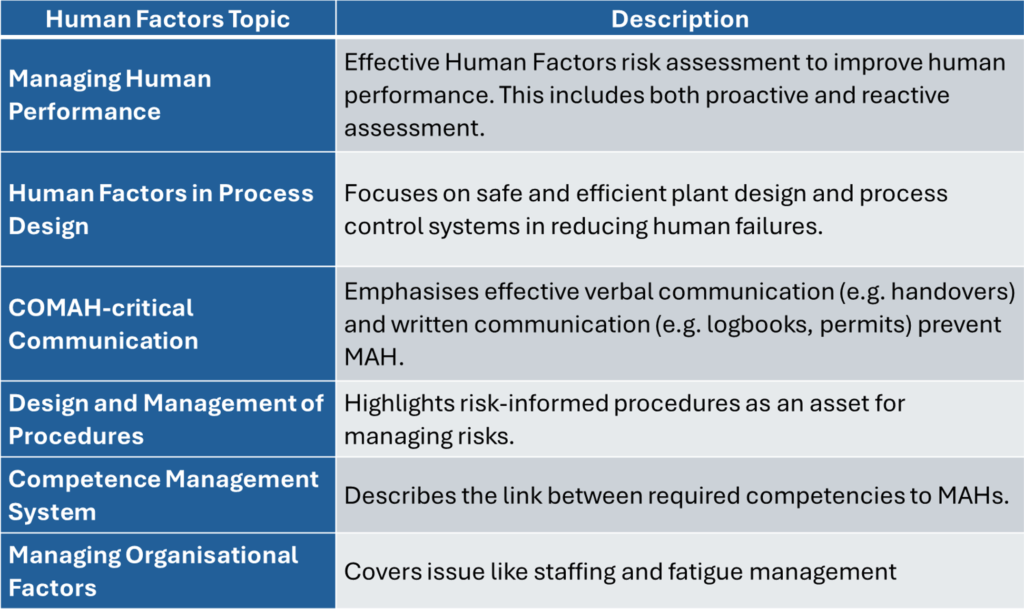
Again, there is not much difference between the HF topics mentioned in these two guides. What is slightly different, however, is that the UK guide differentiates competency management, procedures, and communication as distinct topics with specific criteria for each topics. Because of this, there are clearer and more specific benchmarks for UK sites, promoting better HF management across these sites.
If you are interested to learn more about the six HF topics, we provide a quick overview of each topic and how they improve HF management here.
Conclusion
This blog compared the HF regulatory requirements within Singapore’s Safety Case Regime and UK’s HF Delivery Guide, highlighting similarities and differences. Both frameworks emphasise HF integration in managing MAH scenarios, with the UK’s HF Delivery Guide providing more detailed guidelines for effective human performance management. Here at HRA, we have worked in this area for a long time, and have support international clients with conducting HF risk assessments and integrating HF within their site. As the Safety Case Regime continues to evolve, we look forward to sharing our knowledge further to help organisations implement these new requirements.
Resources such as the Energy Institute’s Guidance on Safety Critical Task Analysis (SCTA) offers valuable information on implementing SCTAs. Additionally, the Chartered Institute of Ergonomics and Human Factors (CIEHF) guidance for COMAH sites (co-authored by our senior consultant, Jamie Henderson) provides many helpful tips for practicing SCTA reviews.
Our team of experienced consultants offers a comprehensive range of services tailored to meet your specific Human Factors needs. To learn more about how we can support your requirements, click here.







